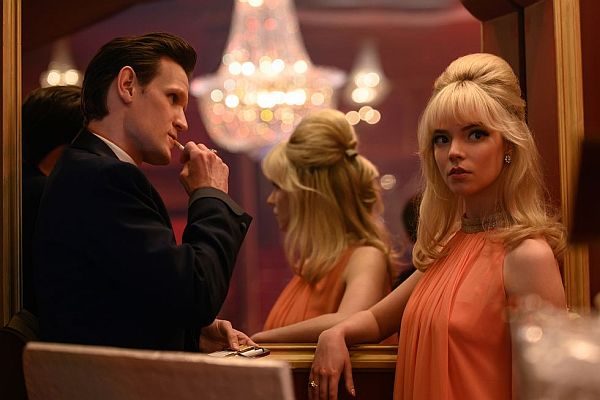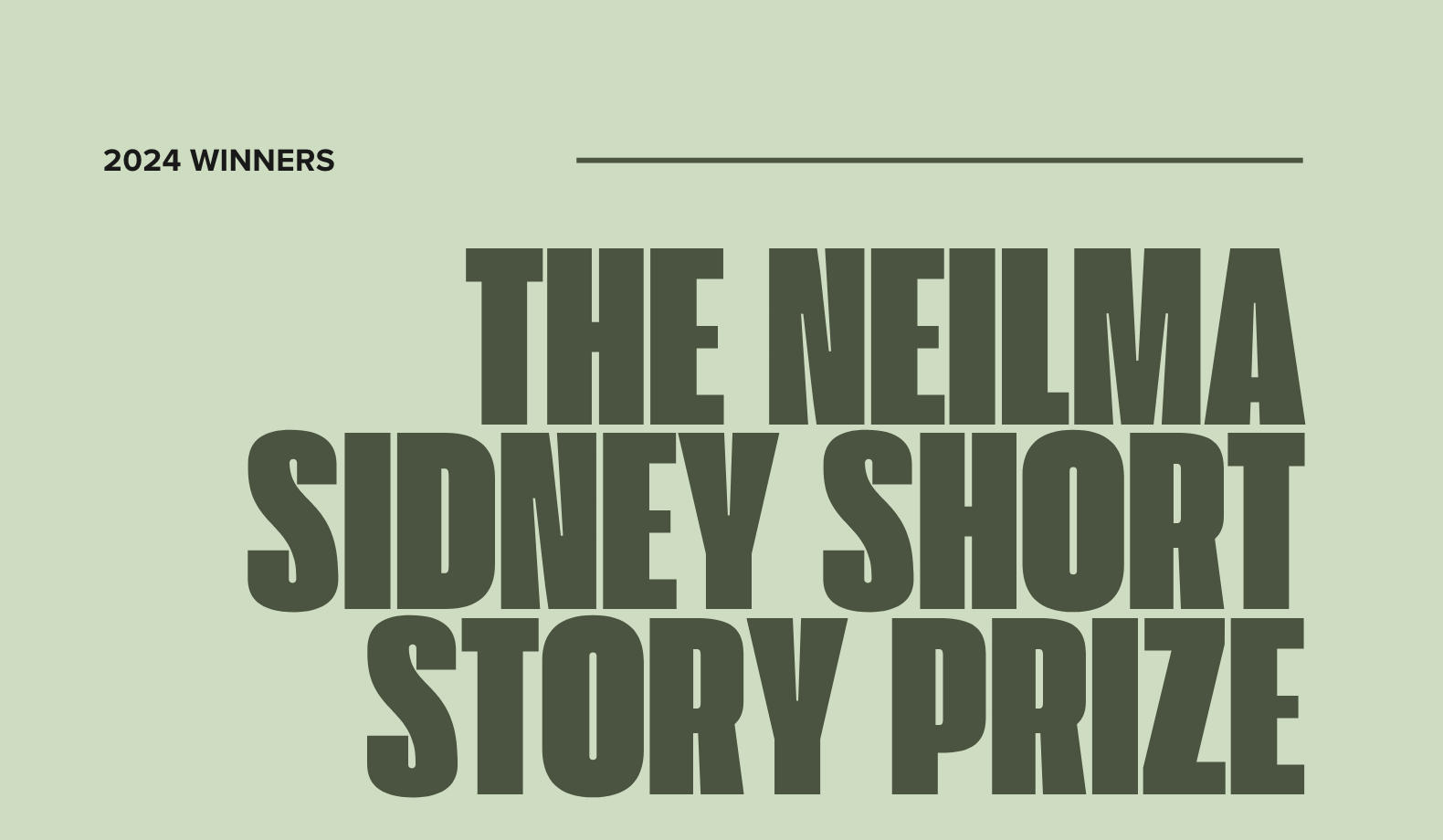Guns and knives glistening in pale moonlight, a trio of hippies climb Ceilo Drive to murder Sharon Tate. They’re waylaid by Sharon’s neighbour, Rick Dalton, the protagonist of Quentin Tarantino’s Once Upon a Time… In Hollywood (2019). Here the film’s timeline forks from our own. The hippies break into Rick’s house instead. There they encounter Rick’s stunt double and best friend Cliff Booth, who dispatches them. The murder that ended the ‘cultural innocence’ of Hollywood, heralding the more cynical worldview of the ’70s, is averted.
Once Upon a Time thrives on ‘good vibes’. Characters smoke like it’s going out of fashion. Sharon wanders through Hollywood, catching a screening of her own film The Wrecking Crew, unaware that soon she will be—or rather, should be—dead. The final act begins with an extended sequence of signs lighting up across the valley, while The Rolling Stones’ Out of Time blares on the soundtrack. Tarantino’s point lands, thumpingly obvious: this is about to be over; culture used to be better.
Then the final set piece crashes through those ‘good vibes’ like a mallet through drywall, breaking the film’s nostalgic spell. The issue is not the violence, exactly: we expect brutality from Tarantino and—like in Pulp Fiction and Inglorious Bastards—it can heighten his specific tone. No, the spell is broken by how overtly the violence targets women. Where Cliff dispatches the male hippie efficiently, he concocts a series of cruel and unusual ways of hurting the women—face bashed in, mauled by a dog, smashed through a window, immolated, screaming all the while—which Tarantino directs like comedy.
Our minds wander back to other moments of inequality and aggression throughout the film: the casually racist portrayal of Bruce Lee; the depiction of every female character as object or shrew; the absence of People of Colour and queers. As Rick climbs Sharon’s driveway, headed toward the innocence and hope she represents, we can’t help but dwell on the fact that innocence means uncorrupted, but it also means unaware, and that Tarantino—whose gender and race politics are notoriously knotty, and who thrived under the protection of Harvey Weinstein—may be passing the former for the latter.
Unlike Once Upon a Time, Edgar Wright’s 2021 film Last Night in Soho knows the decade it’s idolising was riddled with inequality. Indeed, the film feels formed as a response to Tarantino, asking whether you can reconcile the issues of a bygone era with your love for it.
1960s-obsessed Eloise travels to London to study fashion and design. To Eloise, the decade was a moment in time when culture was better. Fashion embodies this idea: modern designs is too loud, too gaudy. The ’60s were all clean lines, beautiful colours, and elegant silhouettes. Upon arrival, Eloise begins having dreams where she inhabits the body of Sandy, young woman who moved to Soho in the ’60s to become a famous singer. Sandy falls in with Jack, a talent manager who believes that she has the goods to go all the way. However, Jack’s promises quickly prove to be false, and he turns to pimping Sandy out. The objective of this narrative turn is to underline how ugly truths lurk under nostalgia. Wright portrays the Soho performance circuit as a place littered with women who are poor and depressed and addicted to drugs. But he never holds their suffering for too long, only showing them in tracking shots and montages where they get no lines.
In the present day, Eloise begins to experience nervous breakdowns, as visions of women suffering at the hands of men dog her every step. She has little in the way of support. Her female classmates, who Wright one-dimensionally caricatures as ‘mean girls’, are no help. Her only aid comes from John, a black classmate—the only named non-white character in the film. However, John is never granted any interiority. He disappears from the film for long stretches, popping up only when Wright writes himself into a corner. When his usefulness runs out, he’s discarded, stabbed to near-death to raise narrative stakes in the final act.
Last Night in Soho wants to suggest that there is still cultural value in the ’60s, ways to keep the good and refine the ill. But Wright portrays people of colour and women so reductively, and paints their issues with such a broad brush, that the film falls prey to the very tropes it seeks to subvert.
If there is any recent work of ’60s nostalgia that seems genuinely interested in critically re-evaluating the decade while also basking in the hope it represents culturally, then it is David Mitchell’s 2020 novel Utopia Avenue.
Unlike Wright and Tarantino, who lean on iconic moments in fashion, film, and music as visual shorthand, rarely depicting lived realities—political or otherwise—with much depth, Mitchell portrays the decade as mess of social upheavals, which the band brush against as they rise from Soho-scene upstarts to headliners at an LA music festival. Take, for example, the journey of the band’s bassist, blue’s fan Dean Moss. At the start of the novel, Dean walks past a sign saying ‘BEDSIT TO LET — BLACKS & IRISH NEED NOT APPLY’ without second thought. Over the following chapters, Dean witnesses police brutality at a protest, is arrested under false pretences, and (after making a lightly racist comment) is lectured about the black history of blues. These interactions serve the dual purpose of complicating Dean’s relationship to privilege and complicating the reader’s relationship to the ’60s. Mitchell knows the decade was not, as Tarantino would have us believe, ‘a more innocent time’ rather one where some were less accountable to systemic inequalities.
However, just as Mitchell reaches a point where he has sufficiently disillusioned in the 60s and seems primed to—as the title of the novel suggests—locate the traces of utopianism within the decade’s culture, Dean is shot dead and the novel ends. ‘The lyrics Dean wrote in his last few weeks spoke of a seismic self-recalibration,’ says the band’s manager. We never see what that might entail. Mitchell shrugs off any responsibility. Readers, especially those familiar with his work, are left scratching their heads: why did he do this?
Tarantino and Wright’s retreats into the ’60s are easy to diagnose: both have worldviews riddled with shortcomings, and their careers have become defined by the debate and criticism surrounding those shortcomings. What better way to shift discussions away from your troubling depictions of violence against women and your casually racist writing than to make a film set in an era where such behaviour might be regarded as commonplace? Mitchell, by contrast, doesn’t have a worldview in need of reframing. While he benefits from the same privilege, he has proven himself capable of criticising it in the past. In fact, all his novels—even the ones that dabble in dystopia, like Cloud Atlas and The Bone Clocks—are united by their consistent effort to centre historically disempowered subjects. This progressive vein runs through his novels: things are better than they used to be, and they must get better still. In many ways the ’60s should be the setting that elucidates the most precise version of this thesis—the ‘cultural innocence’ Tarantino zeroed in on can just as easily be understood as ‘cultural hope.’
But to peddle hope is to profit from unfulfilled promises. Tarantino and Wright pivot to the ’60s defensively, exploiting our shared desire for something better to preserve their legacies without having to address the limits of their ethical worlds. Though it is less immediately obvious, with Utopia Avenue Mitchell exploits that desire, too—picking another point in the past, ripe with nostalgia, and re-establishing himself as the man who uses his privilege to gesture—but never lead—somewhere more hopeful.






